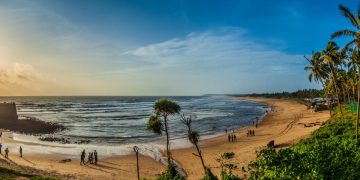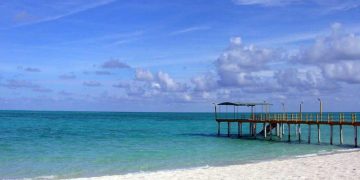Bulgaria and Romania have always been considered to be mysterious countries and they have always piqued the interest of tourists. Being the newest members in the European Union since 2007, these Balkan countries are still delightful off-the-beaten-path spots for many global tourists. Nonetheless, Bulgaria and Romania unveil some hidden truths and fresh wonders that are rather interesting if one chooses to take a tour.
Trip to Bulgaria
Sofia is the capital and the largest city of Bulgaria thus becoming our first point of entry on our trip. It takes you on a tour of its attractions such as the impressive Alexander Nevsky Cathedral with its glistening golden roofs, the antiquated Roman site of Serdica, the Boyana Church – a 13th-century Bulgarian Orthodox church and a UNESCO museum that houses some of the finest frescoes in the region.
We then proceed to Plovdiv, the second largest city of Bulgaria and one of the oldest cities in Europe, which has been inhabited by people for more than 8000 years. When strolling alongside the small narrow streets lined with preserved architecture in Plovdiv, the old town of which is a walk back into history with a Thracian, Greek and Roman touch. One of the most remarkable exhibits is the Roman amphitheatre built into the side of the city’s Three Hills and used for concerts and theatrical performances during the Plovdiv Cultural Month in June.
They are going to explore Bulgaria’s greenish landscapes and as the next destination, they have chosen Veliko Tarnovo. The city is situated in the southern foreland of the Balkan Mountains, set amongst wooded slopes, and divided by the winding Yantra River; in fact it is known as the ‘Grandfather of Bulgarian Cities’, and has a real medieval air about it. For centuries it was the capital of the Second Bulgarian Empire and its geographical position can be described as completely favorable in the context of the fortress’s role in the history of Bulgaria. The crowning glory of Veliko Turnovo is the magnificent Tsarevets fortress, which is the largest medieval fortress in Bulgaria and is constructed on a strong rock. Getting lost in the labyrinth of stone walls and towers of these palaces, one can easily visualize the legends of brave fights and political dramas.
New surprises on a trip through Bulgaria and Romania
Continuing our journey across the Danube River, we arrive in Romania, where the first city that welcomes us is Bucharest – the Little Paris of the Eastern side of Europe, despite the evident traits of the Communist era in the way it was planned and built, there are remnants of the tree-lined beautiful boulevards, classical architecture, and a vibrant culture scene. We drive past the enormous Palace of Parliament which was conceived and built by Nicolae Ceausescu and is currently the second largest ruling palace in the world.
Come with us as we journey deeper into Romania and arrive in the city of Brasov, located within the folds of the Southern Carpathian mountains. While traveling through the cable car up Tampa Mountain, we enjoy stunning views of the picturesque hills and valleys painted with pastel shades of baroque architecture. One of the most important and famous attractions of Brasov is the fact that it has one of the best-preserved medieval centers in Romania. While walking down some narrow cobblestone streets that have beautiful old architecture with red-tiled roofs and gingerbread fronts, we come across some features of the town including the Black Church, White Tower and Rope Street, Europe’s second narrowest street.
The next part of our voyage brings us to the vampire’s castle – Bran Castle which is actually located on the top of a hill there surrounded by a forest near the town of Brasov. Despite their association with the legend of the bloodthirsty ruler Vlad Tepes upon whom the fictional vampire Count Dracula was based, the castle never belonged to this legendary character of the 15th century. When walking through the dimly lit, castle-like corridors, the mind is easily swept away to the realms of vampire castles, secret passages, and the need for the fairest kind of damsel.
Sibiu is our last destination; a medieval Saxon city situated in Transylvania that was awarded the title of European Capital of Culture in 2007. The buildings that adorned the city are in Gothic, Baroque and Renaissance architectural designs which have seen the historic center of the city being awarded a UNESCO World Heritage Site. Sibiu remains to be one of Romania’s most spirited cities that present culture and arts through theatre festivals, opera, concerts, and art displays.
So, having traveled across Bulgaria and Romania for the past fourteen days, we have unforgettable impressions. The civilization that started from the ruins seems to come alive in some parts of Ireland through stories that have been passed down with time. While not shrouded by the Iron Curtain anymore, both Bulgaria and Romania maintain that air of experiencing the unknown and finding out more about two wonderful countries for the fortunate traveler. Thus, it is time to unlock the secret of the old and relish the novelties of the new.

























